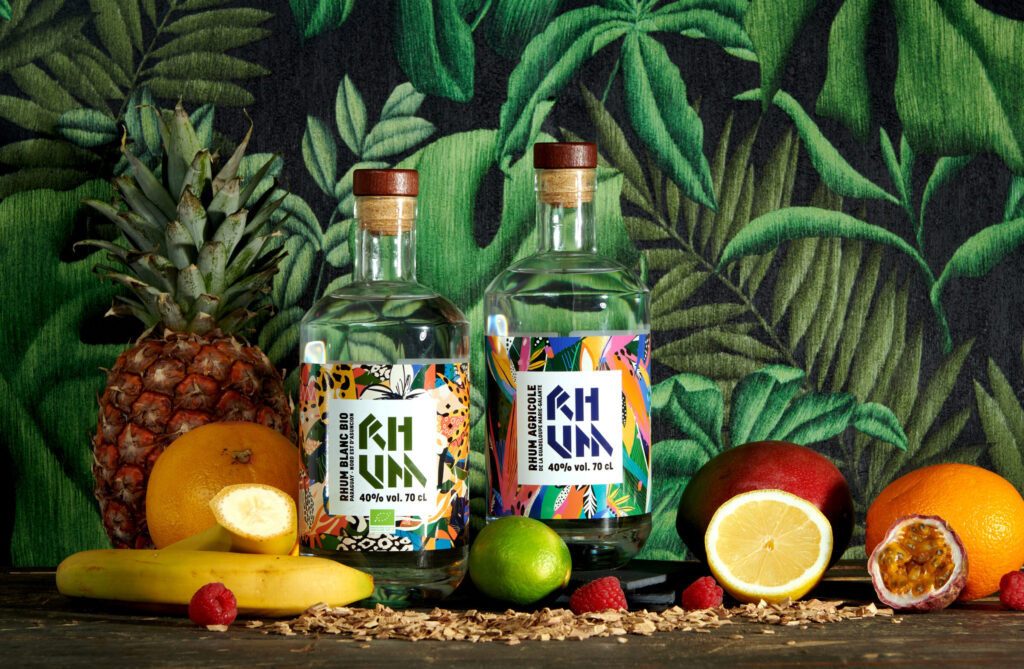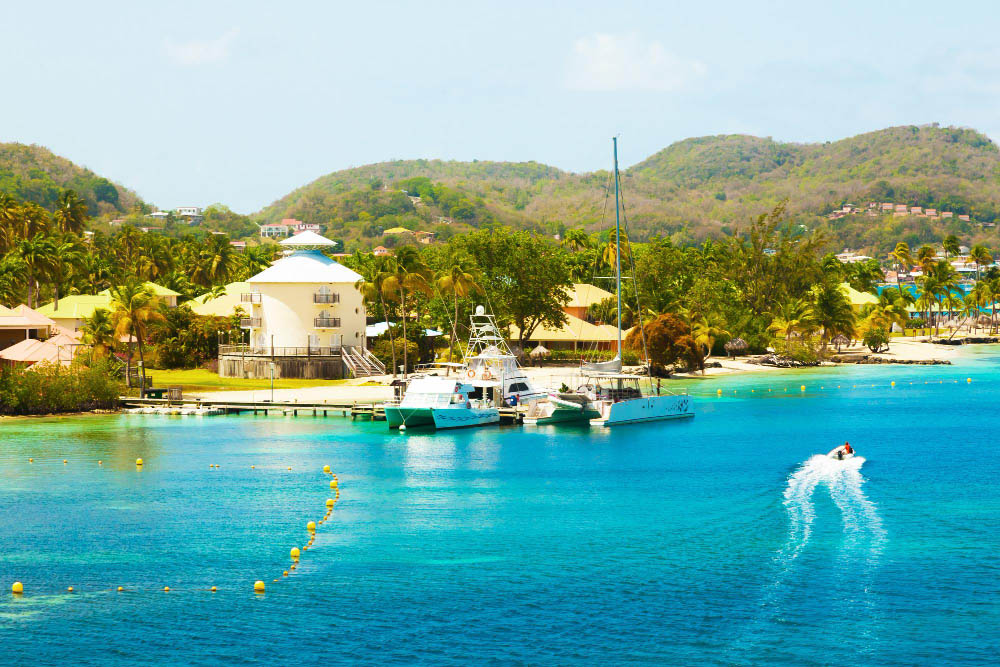Among the drinks that give the flavor of the West Indies to your summer evenings, there is of course the rum that accompanies many festive cocktails. The best known of all is agricultural rum from Martinique, the only rum to have obtained the precious AOC label. But what makes Martinique rum so special? Are there other exceptional rums? Quai Sud tells you all about rum, that of Martinique and elsewhere 😉.
Rum, its history and its production
Rum is first and foremost the story of sugar cane. Cultivated in the Caribbean before the arrival of the colonists, its sugar is the subject of the sinister triangular trade... In the sugar factories, the slaves recover the molasses resulting from the refining of the sugar to make a syrup then distilled: the tafia.
At the end of the XVIIrd century in Martinique, Father Labat, a French missionary, perfected the process by bringing in stills from Charente, the land of cognac. But it was not until the end of the following century that the now rhum develops in France, in particular thanks to the Empress Joséphine, heiress of a plantation in Martinique.
French vines ravaged by phylloxera and the overproduction of sugar in the XNUMXth centuryrd century will lead to the conversion of Martinican sugar refineries into rum distilleries which then export massively to Europe. Saint-Pierre is the world capital of rum, until the eruption of Mount Pelee in 1902 🌋.
To avoid fraud, precise manufacturing criteria are defined. Rum is only an alcohol fermented then distilled from the residues of molasses during the manufacture of sugar, or vesou, crushed cane juice. The latter, distilled on site when the sugar refinery is too far from the dwelling (plantation), takes the name of rum z'habitan, or agricultural rum.
It was not until 1996 that agricultural rum from Martinique obtains the AOC for the typicality of its terroir and its age-old know-how in the matter 🥇. Agricultural rums from other overseas departments obtained the IGP in 2015.
The flavors of Caribbean rum

So what makes Martinique AOC rum so special? First, it's an agricultural rum, which corresponds to only 3% of world production, so the top of the basket 👌. It meets the highly regulated specifications of the AOC, produced in Martinique with local canes, distilled in a Creole column to titrate from 65 to 75°, and aged in oak barrels for a minimum period:
- White rum : no aging obligation
- Amber Rum : 3 months
- Old rum or VO: 3 years, 4 for special cuvées or VSOP
- Extra old rum or XO, out of age or vintage: 6 years
The taste of agricultural rum from Martinique is incomparable. Its fertile and volcanic soil gives it a rather dry mineral flavor, with herbaceous, fruity and spicy notes. Typical of French rums, its aromas are fine and complex, richer than those of a Cuban rum, but lighter than an English rum. In short, a marvel of balance that gives character to your cocktails, you punch and other rhums arranged 🥂.
Rum is also invited in the kitchen! The older it is, the more woody, spicy and powerful its aromas.. The white rum from Martinique, vegetal and fruity, is ideal with fish and shellfish; an amber or old rum with spicy flavors will be better suited to foie gras, exotic desserts or red meats. The intense notes of tobacco and vanilla of an out of age rum will reveal your chocolate desserts 😋.
Quai Sud and agricultural rum from… Guadeloupe!
As you have understood, AOC rum from Martinique is exceptional, and we could not ignore such a reference. But then… why did Quai Sud choose AOP rum from Guadeloupe?! 🤨
First because our agricultural rum from Guadeloupe Marie-GalaMarketplace is also an exceptional product. The island is renowned for its excellent sugar cane. The production methods are similar, since the AOP (obtained in 2019) is the equivalent of the AOC at European level.
What differs from Martinique is the terroir. In Guadeloupe, the soil is limestone, which gives sugar cane a softer, floral and very fruity taste, thus offering more roundness to your cocktails. To you mojito, daiquiri and piña colada unique flavor!
And then what makes all the difference for us is that Guadeloupe Marie-Galante AOP rum preserves the planet! 🌍 It is produced in limited quantities at the Bellevue estate, the only eco-positive estate in the world which offsets all its emissions by producing solar energy. And for Quai Sud, which grew up in the scrubland, between lavender fields and orchards of Provence, protecting the environment is important ✊.
Also taste (in moderation ☝) the other IGP rums from overseas! Equally delicious, the fruity, vanilla and spicy Guyana rum. Reunion old rums are woody and vanilla. And at Quai Sud, we offer you one of the very first organic rums in the world, le rum from Paraguay… Good tasting !


